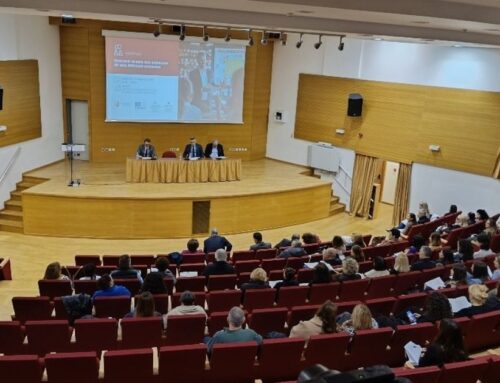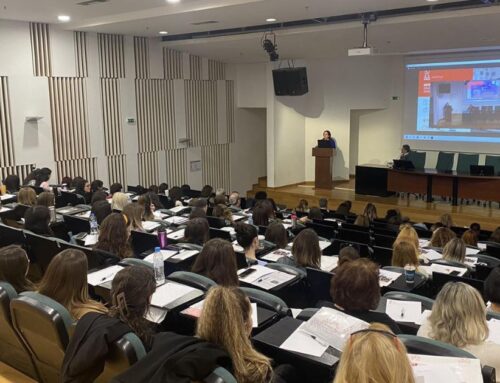The UNESCO videos were produced in collaboration with the University of Nicosia UNESCO Chair and Mediazone
Beautiful traditional handicrafts, vibrant cultural celebrations, as well as valuable knowledge and skills passed down from generation to generation are promoted in the two new videos released by the Cyprus National Commission for UNESCΟ and the Deputy Ministry of Tourism.
Under the title “Safeguarding Cultural Heritage, Imagining the Future”, the first video takes viewers on a beautiful journey of lace-making traditions in the picturesque villages of Omodos and Koilani, while the second offers a glimpse of the vibrant annual Carnival celebrations in Limassol (Lemesos), the island’s second largest city.
The videos were created in collaboration with the UNESCO Chair and Mediazone at the University of Nicosia and are part of the recent publication “Intangible Cultural Heritage – National Inventory”.
You can watch the videos here:
“Pipilla” lace
The fine “pipilla” needlepoint lace is a remarkable example of folk craftmanship by Cypriot women. It is made by hand using only a needle and thread, with tightly or lightly tied knots that are tied in the air. Today, the craft of “pipilla”, the well-known knot-stitch “velonokompos”, is preserved in Cyprus mainly in the communities of Koilani, Omodos and Lapithos. Lace-makers create a variety of items, such as doilies and tablecloths in various sizes and geometric patterns. They also adorn with lace curtains, pillows, jewellery and handkerchiefs. “Pipilla” lace-making was inscribed on Cyprus’ “National Inventory of Intangible Cultural Heritage” in 2015.
Limassol (Lemesos) Carnival
The carnival is the oldest and most popular traditional celebration in Limassol (Lemesos), the second largest city in Cyprus. Although carnival celebrations take place all over Cyprus, it became immensely popular in Limassol as a family tradition passed from one generation to the next with great enthusiasm since the end of the 19th century. It involves meat and wine consumption, as well as satire and practical jokes, dancing and singing, serenades accompanied by mandolin and guitar, as well as dressing up in various costumes and disguises. The Limassol Carnival was inscribed on Cyprus’ “National Inventory of Intangible Cultural Heritage” in 2015.





